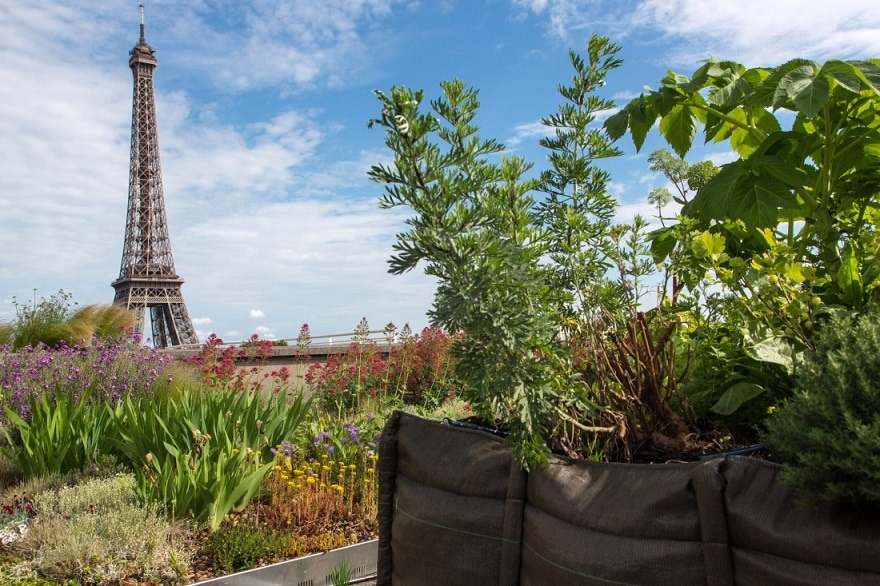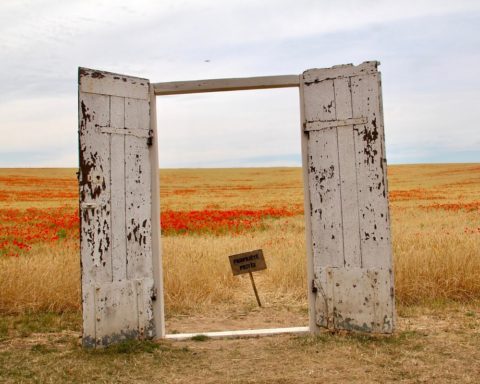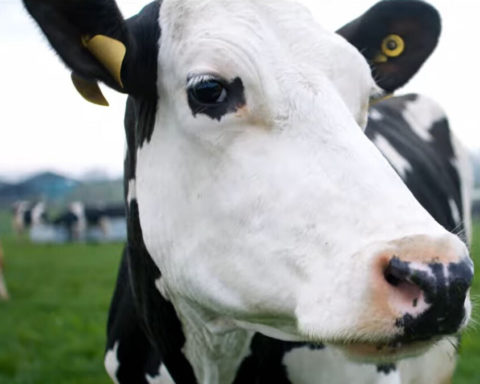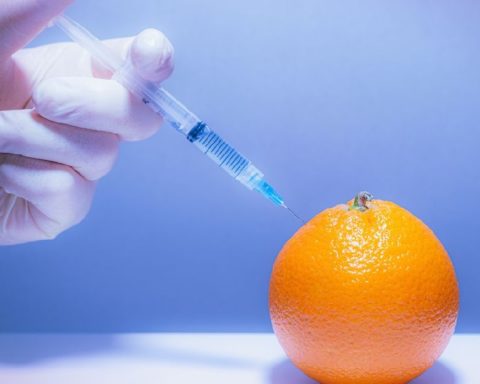READ IN UP' : From Fork to Fork: New Urban Vegetable Gardens Set Up in Paris


"La Brize de la Bastille."


The Farmers' Initiative


Anything to add? Say it as a comment.
READ IN UP' : From Fork to Fork: New Urban Vegetable Gardens Set Up in Paris






Why not enjoy unlimited reading of UP'? Subscribe from €1.90 per week.
Anything to add? Say it as a comment.



Already registered? I'm connecting
Register and read three articles for free. Subscribe to our newsletter to keep up to date with the latest news.
→ Register for free to continue reading.

You have received 3 free articles to discover UP'.





